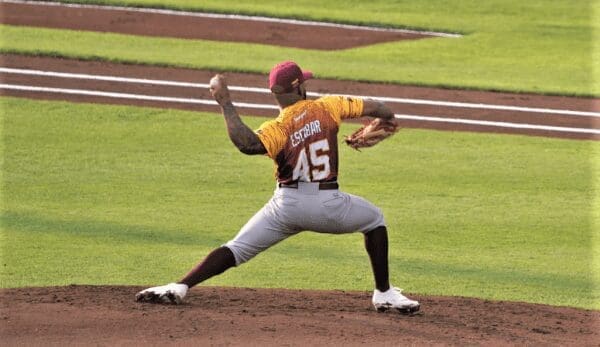Tips to Avoid and Recover from Baseball Injuries

Submitted by Jennifer Davies, Special to MSBL
Tips to Avoid and Recover from Baseball Injuries

For baseball players of all levels, there’s a risk for injury at every game and even during practice. 45% of all baseball injuries affect the upper extremity, while roughly 30% are to the lower extremity, the Inquirer reports. Many baseball injuries are overuse injuries that affect the elbows or rotator cuffs (shoulders). However, the legs and knees are also commonly strained. Fortunately, there are a number of ways baseball players can avoid and swiftly recover from injuries.
Change positions
Playing the same position game after game involves repetitive motion that leads to overuse injuries — especially when players aren’t given the opportunity to rest and recover adequately in between games. Players should therefore switch up positions often to rest their most-used muscles and prevent overuse injury. However, this isn’t as easy for pitchers. It’s important pitchers protect their muscles by not pitching on consecutive days. They should also be careful not to surpass the league’s pitch count limit.
Foam rolling
Foam rolling should be an essential step for every baseball player. Foam rolling provides pain relief and can help both prevent and heal injuries. Vibrating foam rollers can be even more effective — vibration therapy was found to improve both blood flow and muscle strength in a study of spinal injury patients. Vibrating foam rollers essentially contract and relax the muscles to boost circulation, ease muscle and joint pain, restore function, and improve range of motion. Baseball players can benefit from foam rolling with a vibrating foam roller whether they’re training or recovering from injury.

Use correct technique
Proper technique is crucial in all forms of sport, but particularly baseball. Batting or throwing too hard or with incorrect technique can risk damaging the shoulders, elbows, and back. Using proper form can help prevent injury and especially repetitive strain injuries. Moreover, working with a physical therapist can help players devise a personalized training program that helps perfect form and prevent injury. Physical therapists study the unique biomechanics of their clients to find their weaknesses — whether that’s imbalance, muscle tightness, or poor strength. They then devise training programs which address and strengthen these weaknesses to help prevent acute injuries and overuse injuries.
If players do experience injury, it’s important they consult a doctor as soon as possible. Sometimes players may carry on regardless of pain as they don’t want to be benched. However, this may lead to the injury worsening over time and the player being benched for even longer. It is therefore important players report pain or injury early on to avoid long-term damage.

